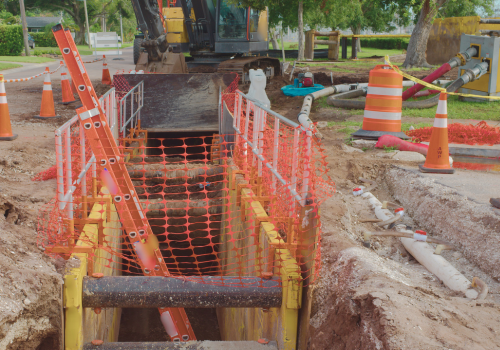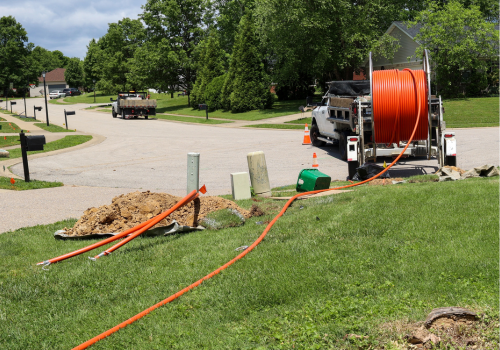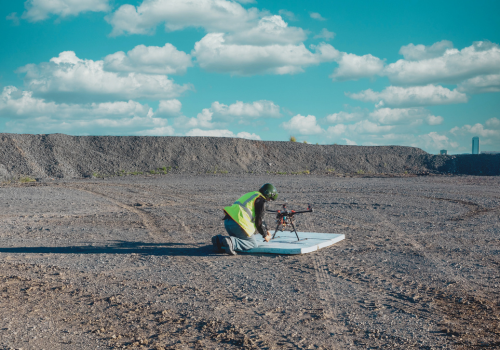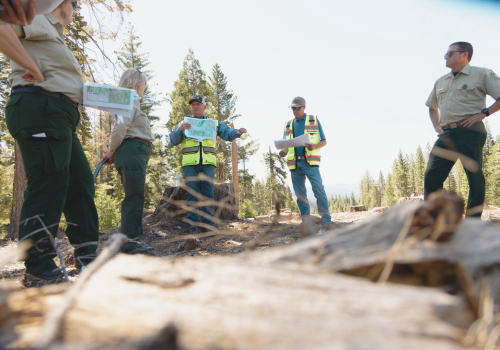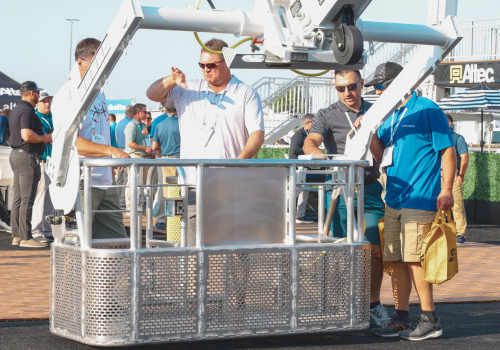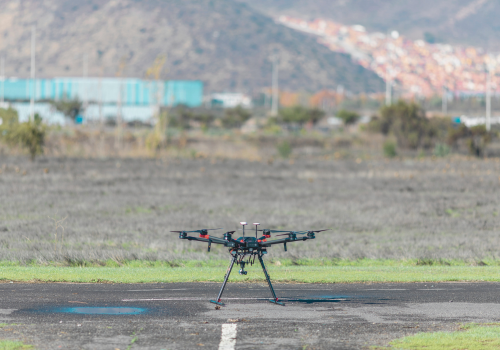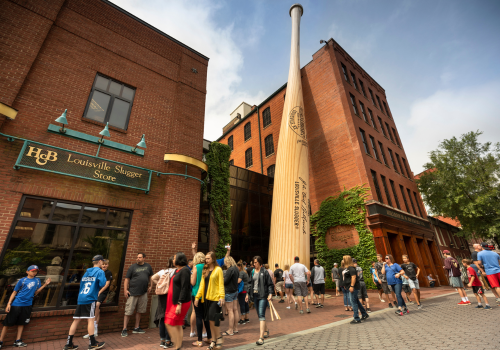Before diving into the top 5 safety concerns, it’s important to start with the basics. Always call 811 and understand both its capabilities and its limitations. Support those locates with as-built drawings and other documentation. Ensure compliance with OSHA’s “competent person” requirements—especially the extensive construction requirements in 29CFR 1926—and review safety guidance from organizations like the Common Ground Alliance and the Associated General Contractors of America. These fundamentals set the foundation for tackling the industry’s most serious hazards.
1. Struck-By Incidents
Why it matters: Workers face serious risk of being struck by vehicles, equipment, falling loads, or debris. OSHA divides these incidents into three categories, but CPWR: The Center for Construction Research and Training offers more in-depth analysis.
Mitigation strategies:
- Use trained signalers and competent operators.
- Require consistent use of high-visibility PPE.
- Establish positive controls such as barriers and berms to block or deflect errant vehicles.
- Follow MUTCD guidelines for signage and traffic control.
- When purchasing new equipment, prioritize machines with advanced awareness technologies, such as panoramic cameras and human-recognition object detection integrated with machine control systems.
2. Trench and Excavation Collapse 
Why it matters: While trench fatalities have declined—from 39 in 2022 to 13 in 2024 and 12 through July 2025—each incident is devastating. Collapses typically result from failure to bench, slope, shore, or use trench boxes.
Mitigation strategies:
- Always use protective systems as required by law.
- Reference OSHA’s one-page trench safety overview for quick guidance.
- For detailed information, consult the OSHA Technical Manual (OTM), Section V, Chapter 2.
3. Striking Existing Underground Utilities
Why it matters: Striking buried utilities can cause electrocution, asphyxiation, gas fires, or explosions. Even severing fiber-optic, telecom, or water lines carries major liability risks if due diligence wasn’t followed.
Mitigation strategies:
- Understand that locates are necessary but not sufficient.
- Use soft digging methods (hand digging or vacuum excavation).
- Require documentation of marks and tolerance zones.
- Apply lockout/tagout procedures and de-energize lines where possible—then confirm they are de-energized before work begins.
- Develop and communicate emergency response plans for utility strikes. Competent persons should be able to recall these procedures immediately.
4. Hazardous Atmospheres and Confined Space Risks
Why it matters: Methane, hydrogen sulfide, carbon monoxide, or oxygen depletion can quickly overwhelm workers in manholes, vaults, or deep trenches. Rescue operations are dangerous without proper equipment and training.
Mitigation strategies:
- Treat these as permit-required spaces under OSHA 1926.1204 when applicable.
- Perform pre-entry atmospheric testing with calibrated instruments and continuous monitoring during entry.
- Use forced-air ventilation when needed.
- Assign trained attendants, and ensure rescue plans and equipment are in place per OSHA standards.
5. Traffic Exposure and Public Interaction in Work Zones
Why it matters: Underground work often happens in busy corridors. Workers face risks from live traffic, distracted drivers, and roadway debris.
Mitigation strategies:
- Implement a traffic control plan following MUTCD standards.
- Use warning signs, channelizing devices, barricades, flaggers, attenuators, and positive barriers such as Jersey barriers.
- Schedule high-risk tasks during low-traffic periods and coordinate with local authorities.
- Provide certified flagger training and require hi-viz PPE at all times.
- Reference OSHA regulations on signaling and PPE for further guidance.
Conclusion
Every underground utility jobsite carries a mix of visible and hidden risks—from moving vehicles to unseen hazards below ground. By mastering the fundamentals, following OSHA and MUTCD standards, and preparing crews with the right training and emergency plans, contractors can significantly reduce incidents and protect their teams. Safety isn’t a one-time action—it’s a daily commitment.
Subscribe to The Utility Expo monthly newsletter to receive more industry insights like this.
Read Next
Trench Boxes Save Lives – When Used Right: 3 Key Areas Where Contractors Get It Wrong
The Future of Jobsite Safety: What You're Missing (and How to Catch Up)
A Contractor's Guide to Locating and Excavating Underground Utilities

